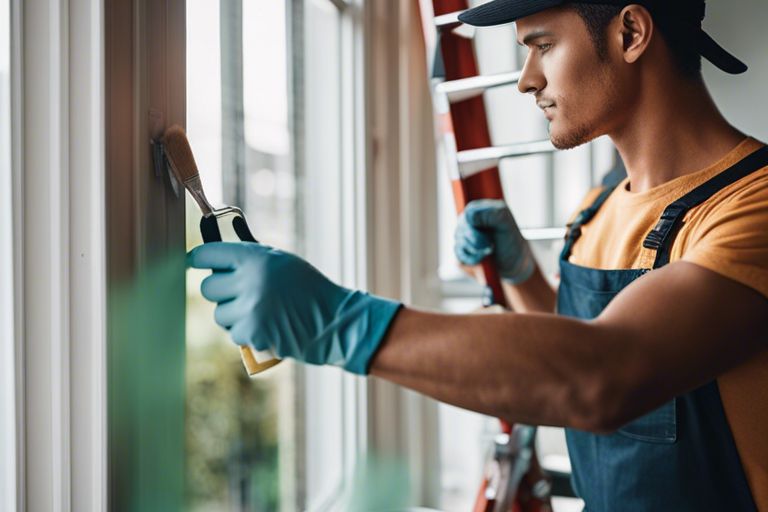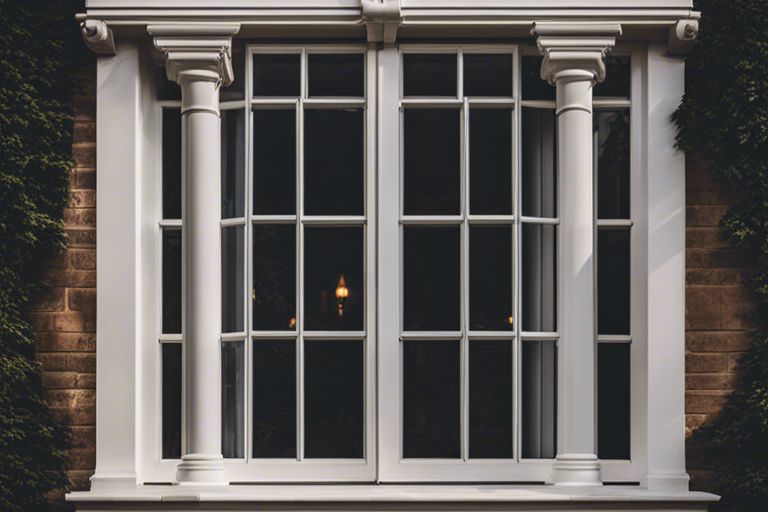In the realm of heritage properties, preserving character and charm while incorporating modern features can be a delicate balance. Flat rooflights offer a seamless solution by allowing natural light to flood into the space without compromising the historical integrity of the building. These rooflights not only enhance the aesthetic appeal of the property but also provide numerous benefits such as improved ventilation, energy efficiency, and a sense of spaciousness. It is vital to consider the importance of maintaining the architectural authenticity of heritage properties while introducing contemporary elements, and flat rooflights achieve this delicate equilibrium effortlessly.
Key Takeaways:
- Preservation of Character: Flat rooflights allow natural light without compromising the heritage charm of the property.
- Enhanced Aesthetics: These rooflights seamlessly blend with the architecture, maintaining the character and style of the heritage building.
- Modern Functionality: Despite their traditional appearance, flat rooflights offer modern features such as energy efficiency and security, enhancing the property’s overall value.

Historical Significance of Rooflights
In the context of heritage properties, rooflights play a vital role in preserving the character and beauty of historical buildings. Rooflights have been a part of architectural design for centuries, contributing not only to the aesthetics but also to the functionality of the space beneath them.
The Role of Natural Light in Period Architecture
Natural light has always been a key element in period architecture, influencing the design of buildings throughout history. In historical properties, rooflights were strategically placed to maximise the entry of sunlight into the interiors, illuminating living spaces and creating a sense of warmth and comfort. The play of light and shadow in grand halls or cosy rooms brought architectural details to life, enhancing the overall ambience of the space.
Furthermore, in heritage properties, rooflights were a symbol of wealth and status, showcasing the owner’s ability to incorporate innovative design elements into their buildings. They were not only functional but also served as decorative features, adding character and charm to the architectural style of the era.
The Evolution of Rooflight Design through the Ages
Rooflight design has evolved significantly over the centuries, adapting to changing architectural styles and technological advancements. From simple glass panels set in wooden frames to modern, sleek rooflights made of durable materials, the design and construction techniques have come a long way. Manufacturers are now focusing on creating rooflights that not only provide ample natural light but also offer energy efficiency and thermal performance.
In recent years, there has been a resurgence of interest in traditional rooflight designs, with a modern twist to meet the requirements of contemporary buildings. Architects and conservationists are working together to find the perfect balance between preserving the historical integrity of heritage properties and introducing innovative rooflight solutions that enhance the overall functionality and sustainability of these buildings.
Integration of Modern Flat Rooflights into Heritage Properties
Preserving the character of heritage properties while incorporating modern features such as flat rooflights can be a delicate balance. The integration of modern flat rooflights into heritage properties requires careful consideration of design and technical aspects to ensure the new additions sympathetically complement the original features of the building.
Considerations for Sympathetic Design
When integrating modern flat rooflights into heritage properties, it is essential to respect the architectural integrity of the building. Careful attention should be paid to matching materials, sightlines, and proportions to ensure that the new rooflights blend seamlessly with the existing structure. Additionally, it is crucial to preserve the heritage aesthetics by selecting rooflights that complement the style and period of the property.
Technical Challenges and Solutions
One of the main technical challenges when installing flat rooflights in heritage properties is ensuring structural integrity and weatherproofing. Historic buildings may have unique structural considerations that need to be addressed to support the weight of the rooflights. Custom solutions may be required to mitigate any potential issues and ensure a secure installation.
Furthermore, minimising heat loss and reducing condensation are crucial aspects to consider when installing flat rooflights in heritage properties. Utilising high-quality insulation and energy-efficient glazing can help maximise thermal performance while protecting the building from potential moisture damage.

Planning and Conservation Regulations
When considering installing flat rooflights in heritage properties, it is crucial to be well-versed in the planning and conservation regulations that govern such properties. These regulations aim to preserve the historical and architectural significance of heritage buildings, ensuring any modifications do not compromise their character.
Navigating Building Codes and Preservation Standards
Heritage properties are often subject to strict building codes and preservation standards that dictate what can and cannot be done to the structure. It is essential to thoroughly research and understand these regulations before begining on any renovation or modification project. Failure to comply with these requirements can result in penalties and even reversal orders that can be costly and time-consuming.
Collaborating with Conservation Officers and Local Authorities
Collaborating with conservation officers and local authorities is vital when planning any changes to a heritage property. These officials play a crucial role in ensuring that any proposed alterations are in line with preservation guidelines and do not harm the building’s historical significance. By working closely with these authorities, you can gain valuable insights and expertise that can help navigate the complex landscape of heritage property regulations.

Maintenance and Sustainability
When it comes to heritage properties, preserving character goes hand in hand with ensuring long-term care and sustainability of rooflights. Proper maintenance is crucial not only for the aesthetic appeal of the property but also for its structural integrity and longevity.
Long-term Care for Heritage Rooflights
Regular inspection and maintenance of heritage rooflights are essential to prevent leaks, dampness, and structural damage. Cleaning the glass, checking for any signs of damage or wear, and ensuring proper sealing are key steps in preserving these historical features for years to come.
Additionally, replacing any damaged or deteriorated parts with authentic materials is crucial to maintaining the authenticity and charm of heritage rooflights. Seeking professional expertise for repairs and restoration can preserve the character of these historical elements without compromising their integrity.
Advances in Energy Efficiency and Environmental Impact
Technological advancements in energy-efficient glazing and environmentally friendly materials have revolutionised the sustainability of rooflights for heritage properties. Low-emissivity coatings, argon gas fillings, and thermal breaks contribute to improved energy efficiency while reducing carbon footprint.
Furthermore, the use of recycled materials and eco-friendly production processes in manufacturing rooflights has significantly minimised the environmental impact of these essential features. Investing in sustainable rooflights not only enhances energy efficiency but also contributes to the preservation of heritage properties for future generations.
Flat Rooflights for Heritage Properties – Preserving Character
Flat rooflights offer a modern solution for heritage properties, allowing natural light to flood in while preserving the character of the building. By seamlessly blending modern design with traditional architecture, flat rooflights help maintain the historical integrity of heritage properties. The minimalist and unobtrusive appearance of flat rooflights ensures that they do not compromise the aesthetic value of the building. Overall, incorporating flat rooflights in heritage properties is a practical way to enhance natural light, improve energy efficiency, and safeguard the unique charm of these historical buildings.
FAQ
Q: Why are flat rooflights ideal for heritage properties?
A: Flat rooflights are ideal for heritage properties as they preserve the character of the building by providing a modern solution that allows natural light to flood in without compromising the traditional aesthetic.
Q: Are there regulations to consider when installing flat rooflights in heritage properties?
A: Yes, when installing flat rooflights in heritage properties, it is important to consider any local planning regulations and conservation guidelines to ensure that the character of the building is maintained and protected.
Q: How can flat rooflights enhance the value of a heritage property?
A: Flat rooflights can enhance the value of a heritage property by improving natural light levels, creating a sense of space, and adding a modern touch that can appeal to potential buyers looking for a blend of traditional charm and contemporary design.






